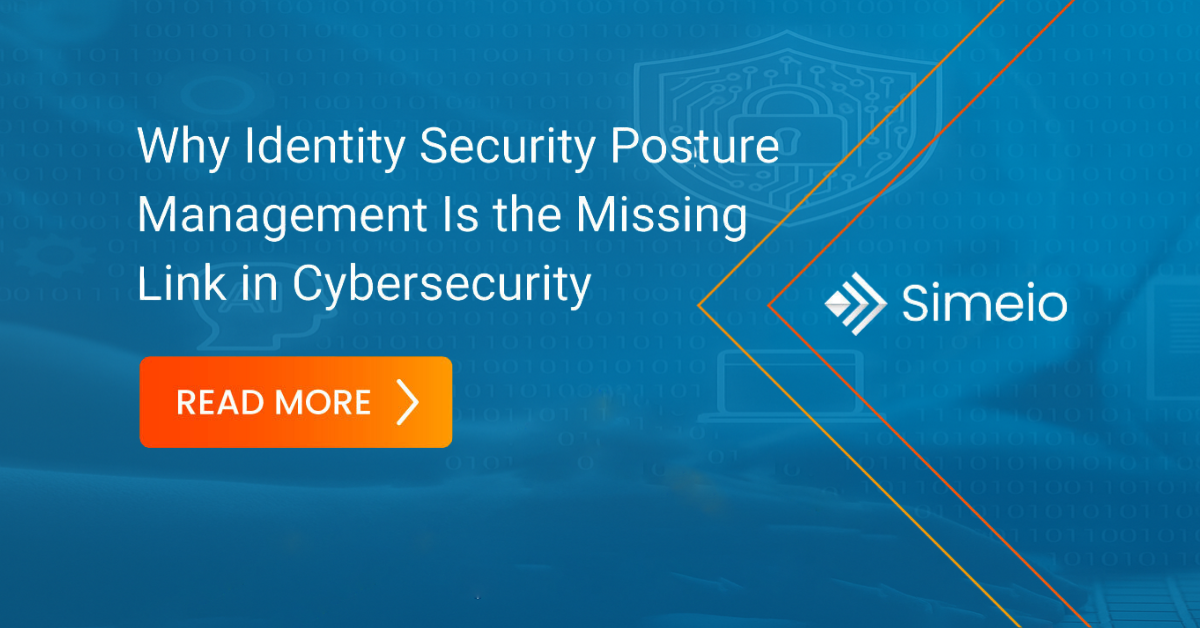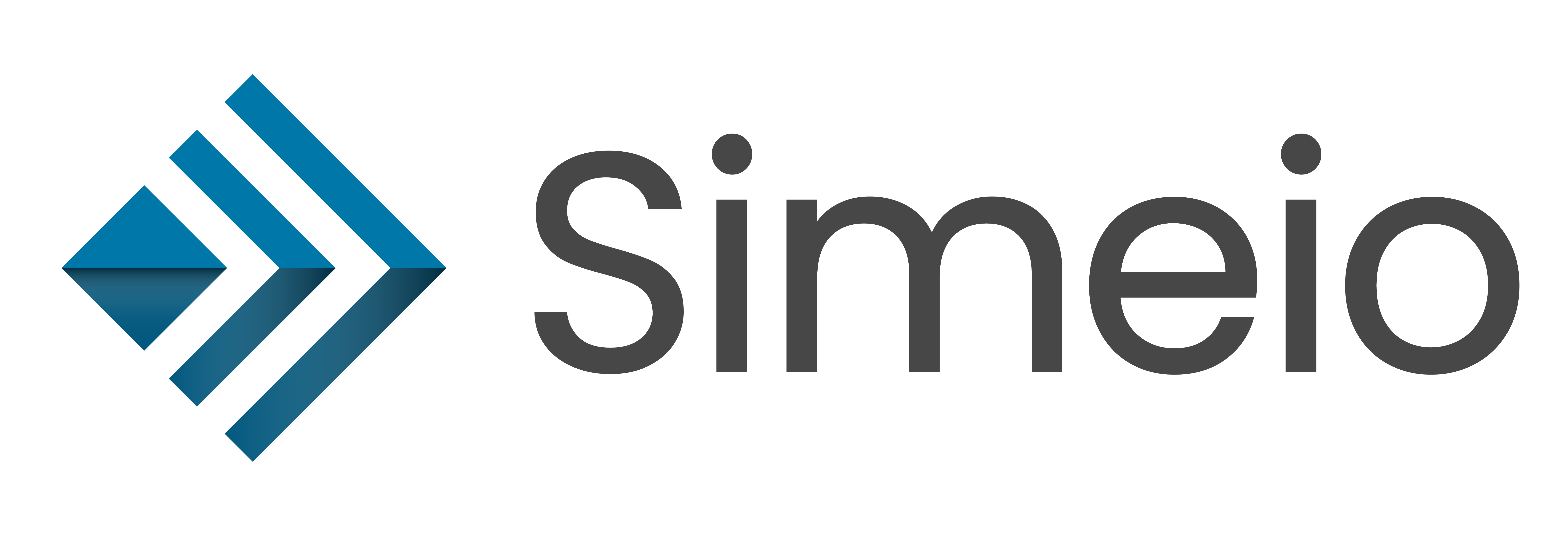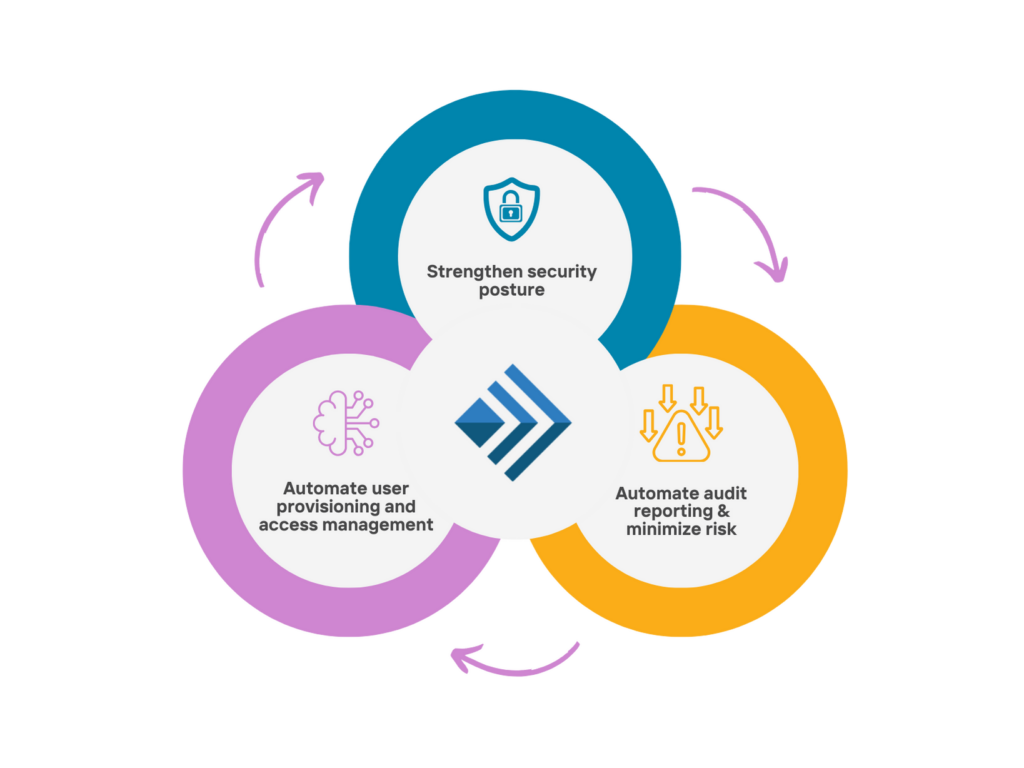
By: Asif Savvas, Co-Founder and Chief Product Officer at Simeio
Identity threats are evolving at an alarming pace, and identity security remains one of the most prominent weak spots in enterprise defenses. Despite years of investment in access management (AM), identity governance (IGA), and privileged access management (PAM), organizations continue to struggle with identity-based attacks.
The challenge isn’t a lack of security products—it’s fragmentation. Identity controls are spread across multiple tools that operate in silos. Organizations manage a mix of workforce identities, third-party identities, and non-human identities, all with different security requirements. Meanwhile, applications and data live in multiple environments—on-premises, in the cloud, and across SaaS platforms—without a unified layer of security enforcement.
This is where Identity Security Posture Management (ISPM) becomes essential.
What Is Identity Security Posture Management?
Identity Security Posture Management provides real-time visibility into identity security gaps and risks across an organization. It connects identity-related security controls across disparate tools to ensure that policies are applied consistently across applications, infrastructure, and user accounts.
For many enterprises, the assumption is that if they’ve invested in IAM tools, their identity security is under control. The reality is far more complex. ISPM challenges that assumption by giving organizations a 360-degree view of their identity ecosystem—showing where security measures are enforced, where gaps exist, and where immediate action is needed.
Why Organizations Need ISPM
Identity-Related Breaches Are at an All-Time High
Compromised credentials are the leading cause of security incidents. 78% of security breaches involve compromised credentials, underscoring the need for stronger identity controls beyond just authentication. Threat actors don’t break in—they log in.
Identity Sprawl Is Out of Control
Today’s enterprises manage thousands of identities across different categories:
- Employees, contractors, and business partners
- Customer identities
- Non-human identities, such as machine accounts, service accounts, and API’s
Each of these identities requires distinct security measures, but no single tool covers them all. Organizations rely on multiple IAM tools, leading to gaps in protection and a lack of centralized oversight.
Siloed Identity Tools Lead to Blind Spots
Enterprises typically deploy a combination of:
- Access Management (AM): Okta, Microsoft, Ping
- Identity Governance (IGA): SailPoint, Saviynt
- Privileged Access Management (PAM): CyberArk, BeyondTrust, Delinea
Each of these tools comes with its policies, security models, and reporting systems. The result? A fragmented approach to identity security where organizations assume they are protected but lack a way to confirm it. Security Teams Are Overwhelmed.
Managing identity security at scale is resource-intensive. Security teams spend too much time manually integrating IAM tools, enforcing policies, and responding to audit requirements. Without an automated way to manage identity security posture, organizations are forced into a reactive mode—responding to incidents rather than proactively preventing them.
Challenges in Achieving Strong Identity Security Posture
Lack of Centralized Visibility
Security teams struggle with fundamental questions:
- Are all applications and assets protected with identity security controls?
- Are the controls that are in place inline with our enterprise policy tied to application risk?
- When was the last time the identity security control that was configured reviewed?
- Do we have a process to catch misconfigurations that are malicious or a result of an error?
Without a unified view of identity security, organizations are left with partial insights that don’t tell the full story.
Disconnected Security Controls
Authentication and Authorization, Identity Governance & Administration, and Privileged Access Management solutions are designed to work independently, not as part of a cohesive security framework. This lack of integration leads to inconsistent enforcement of security policies, increasing the risk of undetected vulnerabilities.
Identity Hygiene Issues
Many organizations fail to enforce basic identity hygiene—leaving orphaned accounts, over-provisioning user access, and neglecting periodic reviews of permissions. These misconfigurations create prime entry points for attackers.
Spending More, Securing Less
According to Gartner, enterprises are investing significantly, but much of it is still not translating into identity protection. In fact, Gartner data shows that IT security spending averages 5.5% of total IT spend, and nearly half of that (48%) goes to operational infrastructure security. Of that, 28% is allocated to IAM, equating to $84-$235 per employee, depending on industry.
When you multiply that across thousands—or tens of thousands—of employees, the numbers are staggering. But with 78% of breaches involving compromised credentials, the question becomes: Is this spend actually delivering security or just the illusion of it? How Identity Orchestration Solves the Problem
Identity security posture isn’t just about having the right tools—it’s about making them work together. Identity orchestration brings identity security controls into a single, centralized framework, allowing enterprises to:
- Gain real-time visibility into security gaps
- Automate policy enforcement across all identity tools and their controls
- Improve identity hygiene with built-in remediation workflows
- Reduce manual effort and administrative overhead
The Future of Identity Security Posture
While some vendors offer full-stack identity security platforms, most enterprises still prefer a best-of-breed approach, selecting different IAM tools for different needs that make up their IAM infrastructure. Research shows that many organizations even use multiple products within the same IAM category, making unification even more complex. We see this challenge not just in identity security but across other areas of cybersecurity such as cloud security.
Given this reality, identity security posture management is not about replacing existing tools—it’s about making them work together and protecting the overall IAM infrastructure.
Steps to Strengthen Identity Security Posture
- Assess Identity Security Gaps
- Identify unmanaged identities, misconfigured applications, and blind spots in IAM policies.
- Implement a Centralized Identity Policy Control Plane
- Unify security controls across AM, IGA, and PAM to create a centralized security framework.
- Enforce Identity Hygiene and Detect Misconfigurations
- Regularly review access permissions, deactivate orphaned accounts, and detect identity misconfigurations in the IAM infrastructure.
- Move to a Real-Time Identity Security Model
- Adopt continuous monitoring to detect and respond to identity risks proactively.
Yesterday’s IAM models fall short because they rely on disconnected identity security tools that leave gaps in protection. Identity Security Posture Management addresses this challenge by unifying security policies across identities, applications, and environments. By shifting from a reactive identity security model to a proactive posture management approach, organizations can close security gaps, simplify compliance, and reduce risk.
For organizations looking to unify identity security and improve their security posture, identity orchestration is the path forward.

